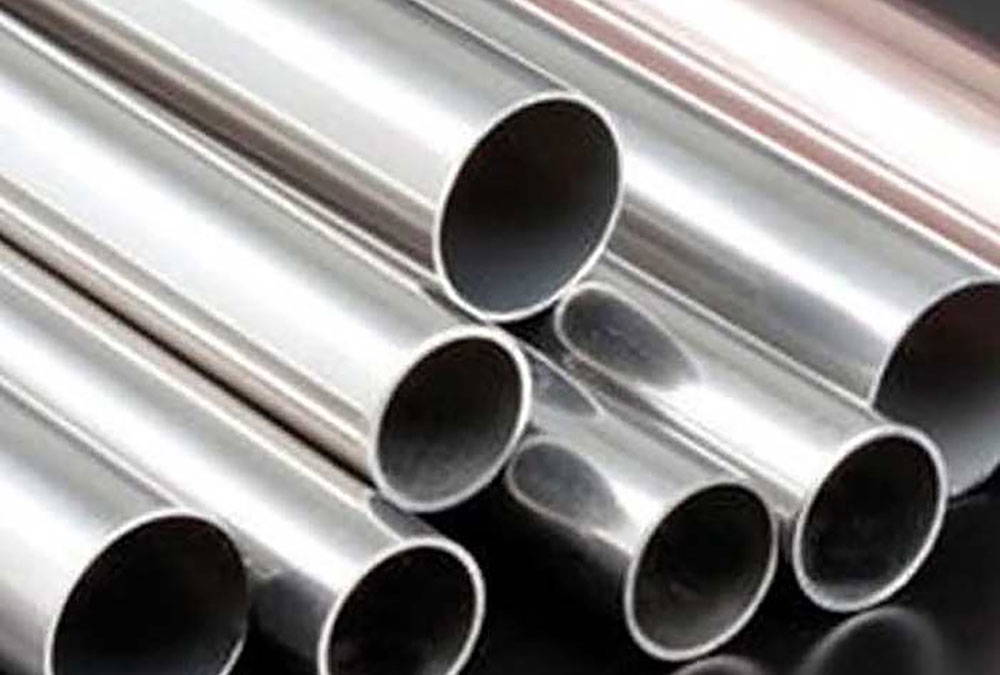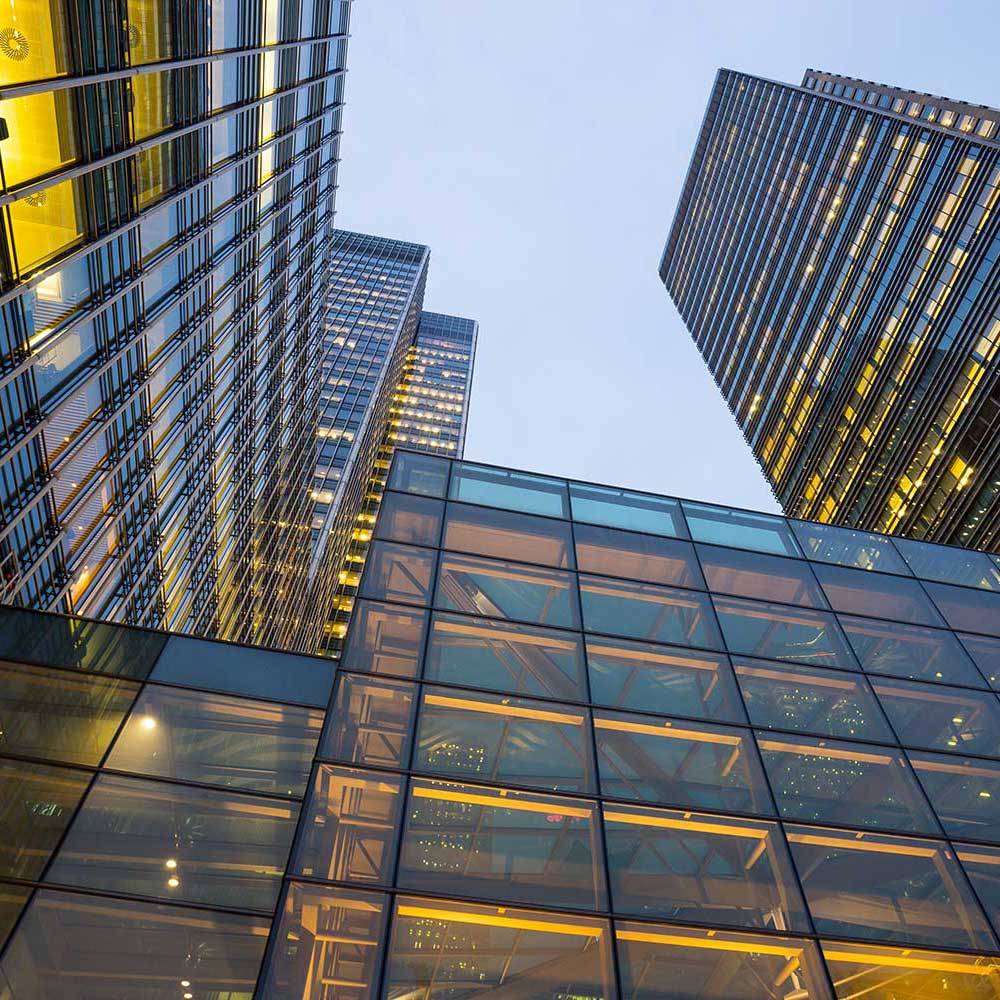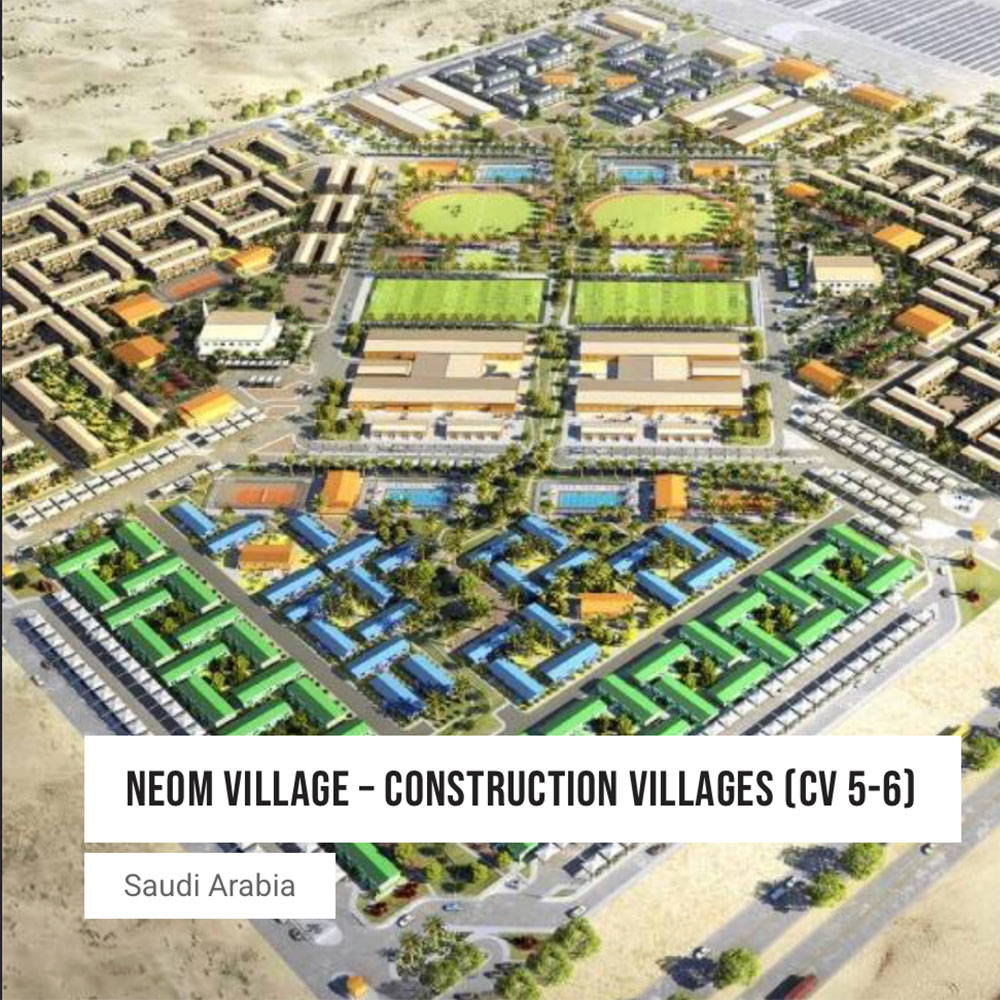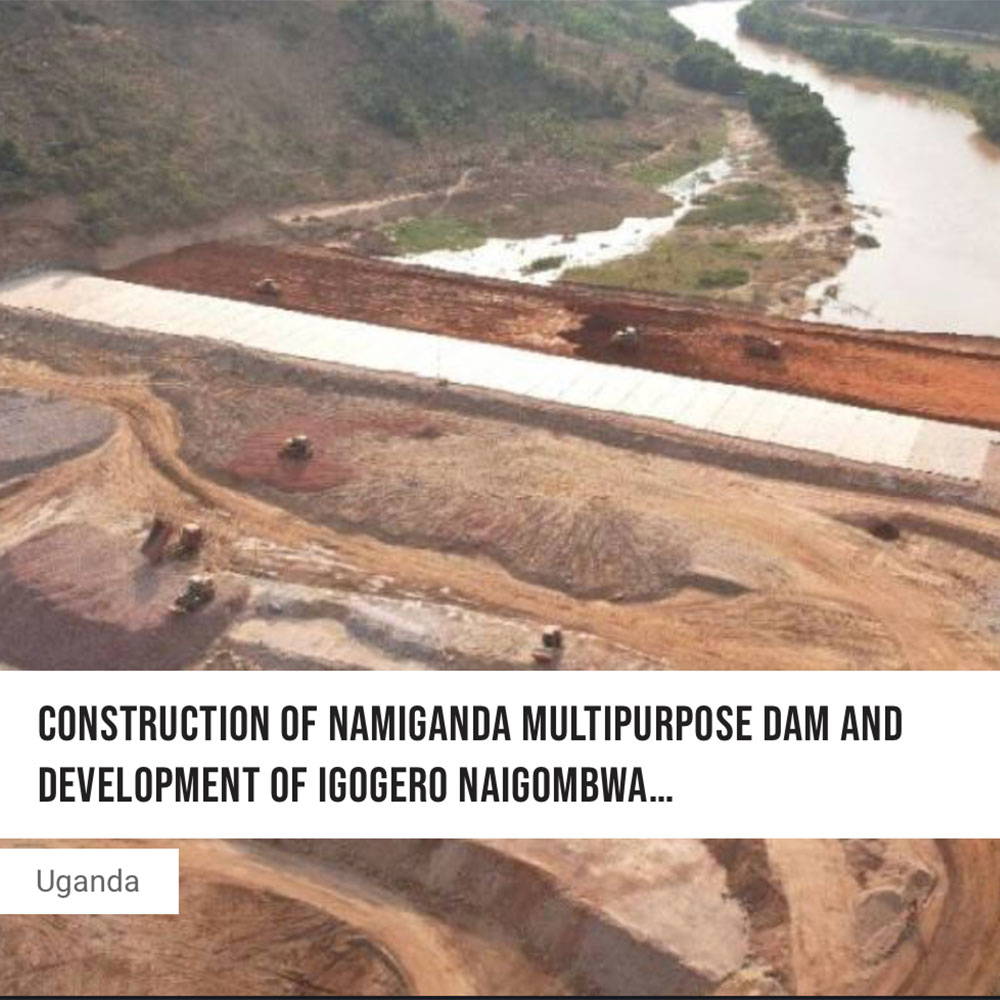Specialised Stainless and Industrial Alloys
This section covers stainless grades stabilised for high heat/welding applications, general industrial standards, and speciality corrosion-fighting iron-nickel-chromium alloys.
Facade’s Acid-Resistant Alloy (Grade 20)
A nickel-iron-chromium alloy featuring additions of molybdenum and copper for superior resistance to pitting, general corrosion, and crevice corrosion, particularly in environments containing sulfuric, nitric, and phosphoric acids, as well as chlorides. This stabilised alloy is used for piping, valves, heat exchangers, and other crucial process equipment.
Facade’s Stabilised High-Heat Steels (321/321H & 347/347H)
These austenitic chromium steels are stabilised with small metal additions to prevent intergranular corrosion after welding or high-temperature exposure.
Grade 321/321H (Titanium Stabilised)
A titanium-bearing steel that remains resistant to intergranular corrosion after heating within the range of carbide precipitation. Used in refineries, high-temperature chemical processing, and heat exchanger tubes.
Grade 347/347H (Columbium Stabilised)
A columbium (niobium) bearing steel with similar stabilisation properties to 321, often utilised in high-temperature chemical processing and steam service where sustained high-temperature properties are required.
Facade’s High-Temperature Stainless (310S/310H)
This high chromium and medium nickel austenitic stainless steel offers excellent resistance to oxidation at temperatures up to 2000°F (1093°C). It is frequently employed in heat exchanger tubing, recuperators, and high-temperature gas atmospheres.
Facade’s Enhanced Austenitic Steels (304/304H & 317L)
Grade 304/304H
A versatile austenitic chromium-nickel alloy. The ‘H’ version has higher carbon content, which amplifies tensile and yield strength, making it suitable for high-temperature service in power generation, oil refining, and chemical pipelines.

Grade 317L
A molybdenum-bearing low-carbon stainless steel that offers superior stress-to-rupture, creep, and tensile strength at elevated temperatures compared to 316L. It is non-magnetic in the annealed condition and widely used in textile equipment, pulp/paper plants, and chemical processing.















